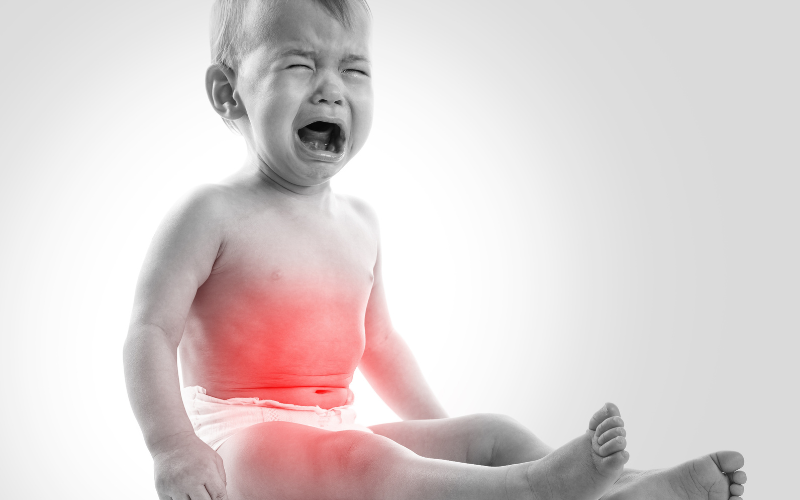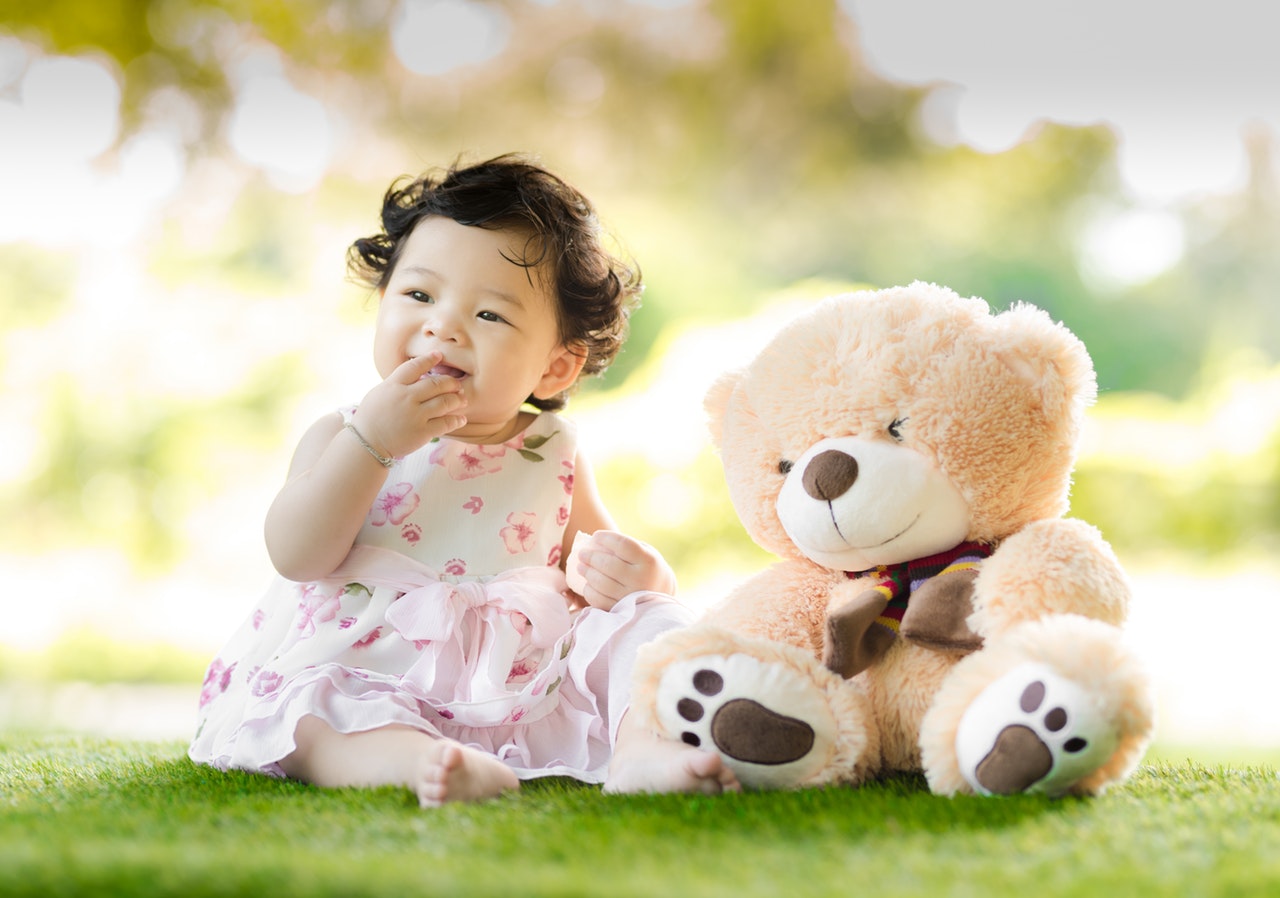When your baby feels warm or seems unwell, a fever can be a common concern. However, what if you don’t have a thermometer handy? While using a thermometer is the most accurate way to measure a fever, you can still check for signs of fever using simple, reliable methods. This guide explains how to check if your baby has a fever without a thermometer, based on expert advice and practical experience.
Step 1: Understand What Fever Means in Babies
A fever is typically a body temperature above 100.4°F (38°C). Fever is usually a sign that the body is fighting an infection. While a thermometer is the gold standard for measurement, you can look for other signs to gauge if your baby might have a fever.
Step 2: Feel the Baby’s Skin Temperature
Use your hand or wrist to feel your baby’s forehead, neck, or chest.
- If the skin feels hotter than usual or warmer than your own skin, it might indicate a fever.
- Check multiple areas for consistency.
- Note that a warm forehead alone does not always mean fever — it could be due to external factors like being bundled up.
Step 3: Observe Your Baby’s Behavior
Babies often show behavioral changes when they have a fever.
Look for signs like:
- Increased fussiness or irritability
- Excessive crying or inconsolability
- Lethargy or unusual sleepiness
- Poor feeding or refusal to eat
- Vomiting or diarrhea
- Flushed cheeks or pale skin
If you notice several of these signs along with warm skin, a fever is more likely.
Step 4: Check for Cold or Hot Extremities
- Feel the baby’s hands and feet. Cold extremities with a warm torso might indicate fever.
- Alternatively, hot and sweaty hands or feet can also occur during a fever.
Step 5: Look for Shivering or Sweating
- Shivering can be a response to rising body temperature.
- Excessive sweating may occur when the fever breaks.
Noticing these symptoms can help identify fever phases even without a thermometer.
Step 6: Use Other Household Items as Temporary Tools
If a thermometer isn’t available, you can try these rough methods:
- Touch Test: Place your hand on the baby’s forehead and compare it with your own skin temperature.
- Cold Cloth Test: Press a cool, damp cloth on the forehead. If it feels very warm beneath the cloth, the baby might have a fever.
Step 7: Monitor for Other Symptoms
Since fever is often linked with illness, watch for additional symptoms such as:
- Rash
- Difficulty breathing
- Persistent vomiting
- Unusual drowsiness or unresponsiveness
These signs warrant immediate medical attention regardless of thermometer use.
Step 8: When to Seek Medical Help
If you suspect your baby has a fever but cannot measure it, contact a healthcare provider if:
- The baby is younger than 3 months.
- The baby shows signs of dehydration (dry mouth, no tears).
- The baby is excessively irritable or lethargic.
- Breathing difficulties or persistent vomiting occur.
- You have any doubts about the baby’s health.
Step 9: Get a Thermometer as Soon as Possible
While the above methods can help, purchasing a reliable digital thermometer is highly recommended for accurate monitoring.
Types to consider:
- Digital rectal thermometers (most accurate for babies)
- Ear thermometers (quick and easy)
- Temporal artery thermometers (forehead scans)
Step 10: Practice Safe Fever Management at Home
If fever is suspected:
- Keep your baby hydrated with breast milk or formula.
- Dress them in lightweight clothing.
- Avoid overdressing or bundling.
- Maintain a comfortable room temperature.
- Use fever-reducing medication only if advised by a doctor.
Conclusion
Checking for fever without a thermometer relies on observing your baby’s skin temperature, behavior, and other physical signs. While these methods can guide you temporarily, using a thermometer remains the safest and most accurate option. Always monitor your baby closely and seek medical advice when in doubt.





